The Ultimate Travel Guide To The Philippines 2026
This is the Ultimate Travel Guide to the Philippines for all Travelers planning to come to the Philippines. It’s a general summary that covers things to eat or not eat, places to visit or not to visit, including dangerous places to stay away from, as well as the absolute best tours in the Philippines, including Green Geckos’ 3-day expedition from El Nido to Coron or Coron to El Nido. Study this Ultimate Travel Guide To The Philippines it will inform you of all the important travel tips needed for a safe and enjoyable trip.
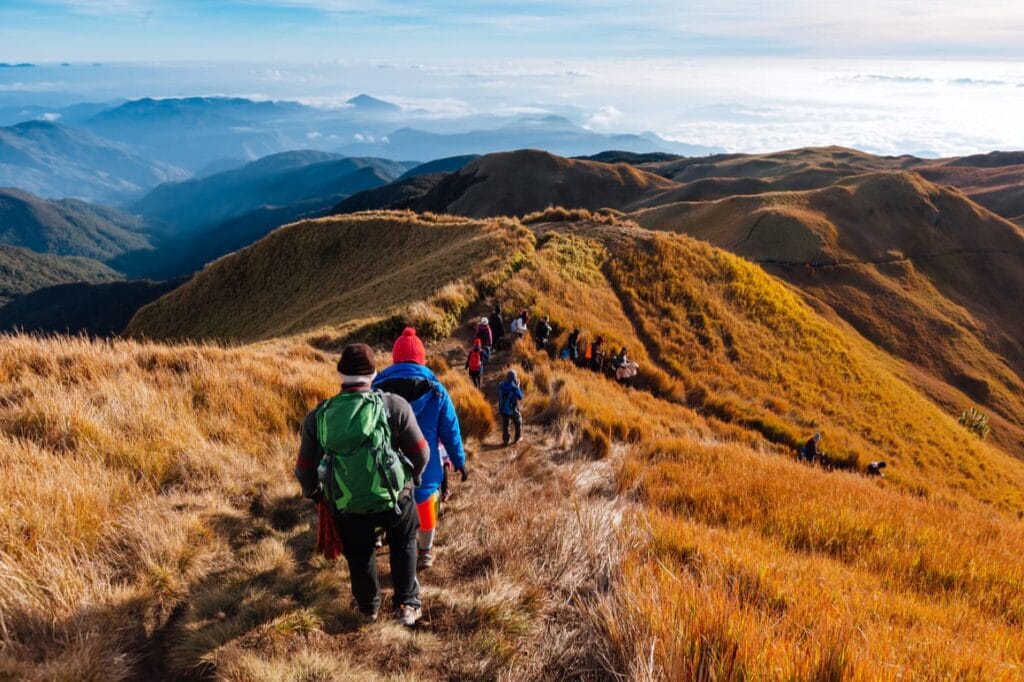
To be honest, the Philippines is an amazing tropical paradise with over 6,500 to 7,000 islands (depending on High or Low Tide), offering stunning white powdery sand beaches, lush tropical jungles, vibrant but sometimes polluted cities, and a rich culture.
For travelers, the Philippines is a very affordable and adventurous destination, but safety and smart planning are the keys to a happy vacation. Many guests find it easy to travel in the Philippines, as the local people are very hospitable and also speak fluent English (mostly the case for those in the service industry), making it easy to communicate. It should be obvious but I’ll say it anyways. Some locals might struggle with English, especially in provinces.
This ‘Ultimate’ Travel Guide to the Philippines covers everything from budgeting and transport to safety tips and must-visit destinations. You’ll find more in-depth articles throughout our website, but this serves as a general overview.
Ultimate Travel Guide To The Philippines - Pre-Trip Planning
Seriously, a great deal of planning is required before you book your trip. Most important of course, is the weather (especially typhoons). Other important factors, such as local religious festivals and holidays, can also impact your trip. In this article, we will try to divide this summary into easy-to-digest categories.
Many people ask what’s the best starting point for Palawan Coron or El Nido? A simple answer is Coron is cheaper to start and travel to El Nido as flights out of Coron to Manila or Cebu are very expensive.
Remember, if you’re planning to take the Green Gecko 3-day Expedition between El Nido and Coron, be sure to reserve far in advance, as these trips are usually full months in advance.
The Weather - Ultimate Travel Guide To The Philippines
It should be noted that the best time to visit depends on the whole country of the Philippines isn’t under the same weather system. While 90% of the Philippines’ wet season is July till September, the exact opposite is true for the far South East of the country, and in particular, Siargao Island, where the dry season is June till December. This is due to the local ocean currents.
For the most part, most of the Philippines’ high and dry season is from early November to the end of May. This nice weather also coincides with the cost of hotel rentals, as this is the peak season and the most expensive time to visit. Shoulder season, meaning between high and low season, is October and June, where you can either have some amazing sunny weather or torrential downpour….it’s a toss-up. Visit this link for more information on the best times to visit the Philippines.
The 3 months sure to get a lot of rain are July to September, but even now, as I’m writing this article in July 2025, it’s hot and sunny, so who knows. This is also the cheapest time to travel to the Philippines, as to rent a hotel or hostel, the price wars during low season bring room prices down sometimes to half.
For guests planning to come during July to August, we highly recommend being a little more flexible and plan a trip to Siargao when the weather in the other areas is at its worst…..this is an important point to note.
You can get real-time weather updates and advisories from the official source at PAGASA – Philippine Atmospheric, Geophysical and Astronomical Services Administration.
Typhoons
The Philippines is located in an area called “Typhoon Alley”. Typhoon season is officially from June to December; however, with global warming, we are seeing earlier and later typhoon occurrences. Traveling during typhoon season can be costly and possibly dangerous. Typhoons frequently cancel Green Gecko’s Cheap 3-day Coron island hopping from El Nido to Coron and vice, but there is little to no danger involved since, with today’s technology, we know many days in advance before the typhoon arrives.
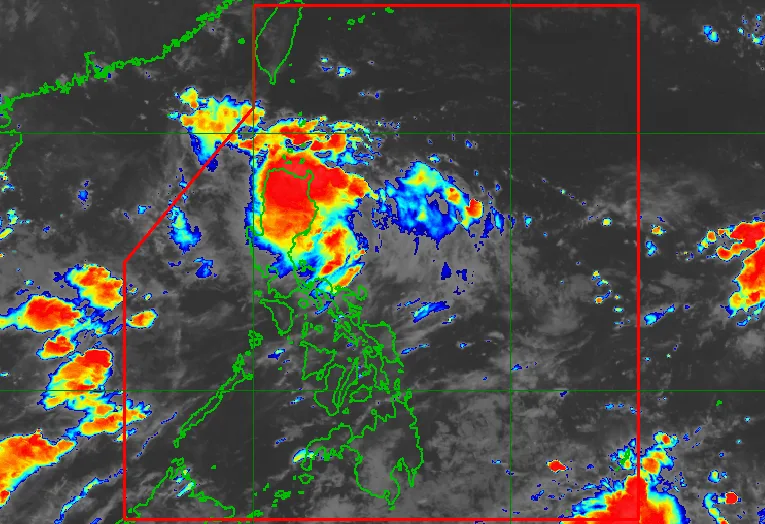
Philippines Visa Requirements & Visa Extensions
The Philippines’ visa requirements depend on your country’s bilateral agreement with the Philippines government. Most Western countries are offered a 30-day visa-free entry into the Philippines.
If you know in advance that you want to stay longer than 30 days, you may apply to the Philippine Embassy in your home country to get a 60-day visa issued in advance, but this can only be done at a Philippine Embassy abroad.
Before your visa expires, be sure to extend it at a Bureau of Immigration Office. Depending on your nationality, you can stay in the country for up to 3 years without needing to exit.
Typically, if you’re allowed to enter the Philippines with your passport, you can extend your stay in the Philippines for up to 3 years. However, if you need a visa to enter the Philippines, you’ll only be able to extend your stay for up to 2 years without leaving the country.
Citizens of certain countries, particularly those from Africa and the Middle East, may have specific entry requirements and are required to apply for a visa at least one month in advance.
Visa-Free Entry to the Philippines: 2025 Country List
For the most accurate and up-to-date information, always check the official Bureau of Immigration website.
Health and Vaccinations - Ultimate Travel Guide To The Philippines
Before packing your bags and heading to the Philippines, it’s always a smart move to check in with your local travel health authority for the most up-to-date vaccination recommendations. Here in the Ultimate Travel Guide To The Philippines you have all the updated travel and medical information.Speaking from over ten years of experience traveling all across the country from busy cities to remote islands, I can say with confidence that the Philippines is generally clean, friendly, and not the kind of place where you need to panic about disease(for the most part).
Still, there are a few things worth knowing, especially if your trip takes you into the provinces, jungles, or out on the sea for a few days. It’s never a bad thing to play safe.
The truth is, most travelers show up here without getting any special vaccinations. And honestly, for many people, that works out just fine. Whether or not you get vaccinated is a personal decision. It depends on where you’re going, how long you’re staying, and how much risk you’re okay with. My advice? Be informed. It’s better to know what’s out there than to get caught off guard.
I’ve laid out a simple breakdown of the most common diseases you might hear about before coming to the Philippines, and whether they’re worth worrying about.
1. Hepatitis A and B
Hepatitis A is usually passed through contaminated food or water. So you need to be super picky when it comes to what you put in your mouth. On the other hand, Hepatitis B is spread through things like blood, unprotected sex, or dirty needles. Both affect the liver and can be dangerous if left untreated, though many people never even notice symptoms until much later. The vaccines are usually solid and highly recommended by the World Health Organization.
That said, if you’re planning to eat local food and enjoy the nightlife, this one is worth considering. I know most of you won’t like this, but cutting back on alcohol will help your liver and reduce the risk of complications from any liver-related infections. You don’t want to cut your vacation short, do you?
2. Typhoid Fever
Typhoid is more common in places with questionable sanitation, mostly in the countryside or smaller towns. It spreads through food and water that hasn’t been properly handled. While it’s not a major problem in the bigger cities, if you’re planning to eat street food or visit far flung areas, the vaccine might be a good safety net. Like I said, it’s not a fun sickness to deal with high fever, stomach issues, and general weakness. Keep in mind it can take a while to recover.
3. Tuberculosis (TB)
TB is an airborne infection that spreads when someone coughs or sneezes. It mainly affects the lungs. The Philippines does have a fairly high number of TB cases, especially in densely populated places. For short visits, there’s usually no need to worry about the TB vaccine. But if you’re staying longer or volunteering in hospitals or schools, it might be worth a chat with your doctor. TB can be deadly if ignored, but with antibiotics, it’s completely treatable.
4. Tetanus
Tetanus happens when bacteria enter the body through cuts or wounds, especially those caused by rusty or dirty metal. If you’re going on a boat trip, like Green Gecko’s El Nido to Coron expedition, there’s always a small chance you could get scratched by something on deck or while walking barefoot on the beach. Saltwater speeds up rust, so this is something to think about. Just make sure your tetanus shot is current. Boosters are usually given every ten years.
5. Rabies
Rabies is a serious disease that you really do not want to mess with. It’s usually transmitted through the bite or scratch of an infected animal, think dogs, monkeys, even bats or rats. You won’t always be able to tell if an animal has rabies. If you get bitten or scratched, don’t wait , go straight to a clinic or hospital. The post bite shots are widely available in the Philippines. If you’re planning to spend a lot of time in rural areas or around animals, getting the rabies vaccine before your trip isn’t a bad idea.
6. Malaria
Malaria is not a huge problem in most parts of the Philippines, but it does exist in a few areas like Palawan, Mindoro, and parts of Mindanao. It’s spread by mosquitoes and usually shows up with fever, chills, and muscle pain. If you’re sticking to the popular islands and towns, the risk is low. But if you’re heading deep into jungle areas or camping out overnight, talk to your doctor about malaria pills. You usually have to start them before you arrive in a risk area.
7. Dengue Fever
If there’s one mosquito borne illness you should really watch out for in the Philippines, it’s dengue. Watch out for this one! Unlike malaria, dengue is much more common and seems to hit harder here, especially during the rainy season. It’s spread by mosquitoes that bite during the daytime, and symptoms include high fever, bad headaches, joint pain, and a rash.
There’s no cure or treatment, and each time you catch it, the risks get worse. That’s why preventing bites is everything. Wear long sleeves and pants when you can, use strong mosquito repellent, and try to stay in places with screens or nets.
So, should you get vaccinated before coming? That depends on what kind of trip you’re planning. But it’s a good idea to talk to a travel health clinic about a month before you decide on taking a trip to the Philippines.
That gives you time to get any shots you might need and start meds if necessary. And while you’re planning, don’t forget to check on the weather. For official weather forecasts and storm warnings, head over to PAGASA. For health updates and public advisories, the Philippine Department of Health is the place to go.
Places to Avoid in the Philippine :
Ultimate Travel Guide To The Philippines
I’m sure I mentioned this before. While the Philippines is one of the friendliest and most hospitable countries in the world, not every part of it is suited for tourists, especially those unfamiliar with local conditions.
Most places are safe and easy to navigate, but there are certain areas that travelers are better off avoiding, particularly after dark or without a trusted local guide. Below is a practical overview of places to avoid and tips on how to stay safe while traveling. If traveling alone make sure to read up on travel tips for tourists traveling alone.
High-Crime Areas in Major Cities
Petty theft, pickpocketing, and tourist scams are more common in dense urban neighborhoods, particularly in and around Metro Manila and Cebu. If you’re visiting these cities, you’ll want to avoid the following areas unless you have a specific reason to go, and even then, during daylight hours only
In Metro Manila:
- Tondo is known for poverty, gang activity, and limited police visibility. Not recommended for tourists.
- Sta. Cruz and Sampaloc are often crowded and chaotic, with a higher risk of theft and scams.
- Caloocan and Malabon are generally low-income neighborhoods where tourists stand out and are more vulnerable to crime.
In Cebu City:
- Ermita, Colon Street, Mango Avenue, and Pasil areas are known as red-light and high-crime zones. While some parts have legitimate businesses and nightlife, they are best avoided at night due to safety concerns.
If you need to pass through these areas, travel during the day, keep your valuables out of sight, and use trusted transport like Grab rather than walking or hailing taxis on the street. You never know who you’re hailing. Don’t risk it, not even for the thrill.
Conflict Zones and Travel Advisories
Several parts of the southern Philippines, particularly in Mindanao, have been subject to armed conflict and terrorist activity over the past decades. While some areas have stabilized, others remain under strict travel advisories issued by foreign governments.
The following areas are considered high-risk and should be avoided unless necessary:
- Marawi (Lanao del Sur) is still recovering from a major siege in 2017, under military oversight.
- The Sulu Archipelago includes Jolo, Basilan, and Tawi-Tawi. Beautiful islands, but known for instability and kidnapping risks.
- Zamboanga Peninsula
- Cotabato City and surrounding provinces
If you’re determined to explore Mindanao, the safest area to visit is Davao City, which has a reputation for strong law enforcement, clean streets, and strict local governance.
Always consult your country’s official travel advisory websites before making plans in or near these areas.
Situational Hazards and Scams
Beyond specific locations, there are certain situational risks that travelers should be aware of throughout the country:
- Taxi and Transport Scams are pretty common. Always use Grab or other ride-hailing apps where available. Avoid unmetered taxis, especially at airports.
- There’s no shortage of fake tour brokers! Be cautious when booking tours on the street. Only use verified operators with solid online reviews.
- Red-Light Districts like Fields Avenue (Angeles City) and parts of Mango Avenue (Cebu) attract crime and unwanted attention. If you visit, do so cautiously and avoid carrying valuables. Or else…
- Late-night tricycle rides in smaller towns or provinces could be dangerous. Avoid taking tricycles alone late at night, especially on empty roads.
Smart Travel Tips (Mostly Common Sense) - Ultimate Travel Guide To The Philippines
- Avoid flashing valuables
- Stick to well-lit areas, especially at night, and avoid alleyways or poorly lit back roads.
- Stay in trusted accommodations. How do you do this? Look for places with verified reviews, security, and a safe location. I know you might be tempted to save and thus go to a cheap and suspicious place, but beware, it could end up dangerous and costly.
- Have emergency contacts handy. I can’t stress this enough. Save numbers for your embassy, local police, and accommodations in case of trouble.
- Download offline maps and apps. You never know when you’ll need them. Apps like Grab, Google Maps, and emergency service locators can be lifesavers.
The Philippines remains to be a very travel-friendly country. The majority of crimes tourists might encounter are opportunistic and preventable with basic precautions. Islands like Palawan, Siargao, Bohol, El Nido, and Coron are widely considered safe, even for solo travelers. Cities like Makati, Bonifacio Global City, Tagaytay, and Davao are also highly secure and modern.
Please use common sense.
Philippines Daily Travel Budget
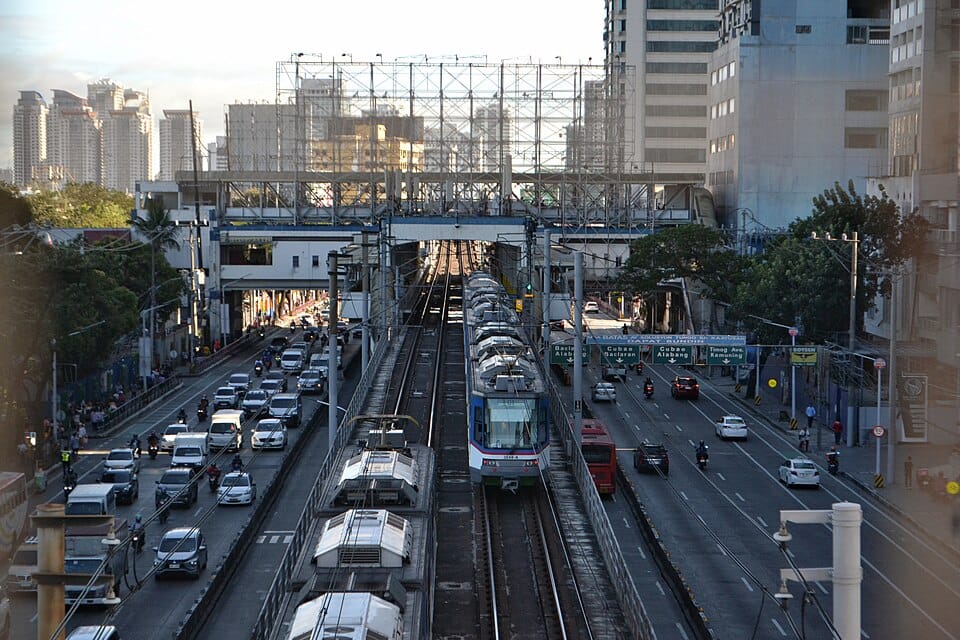
Philippines daily travel budget estimates can be surprisingly hard to pin down, since spending habits among both the most frugal and the most affluent travelers can vary so widely. Some budget travelers have been known to get by on just one egg and six bags of pancit noodles a day, spending less than 100 pesos on food. Meanwhile, others on the higher end have spent up to 25000 pesos on a single lobster meal with a bottle of wine. Because of this massive range, any numbers you see are based on general averages, not fixed rules.
Budget Breakdown Per Day - Ultimate Travel Guide To The Philippines
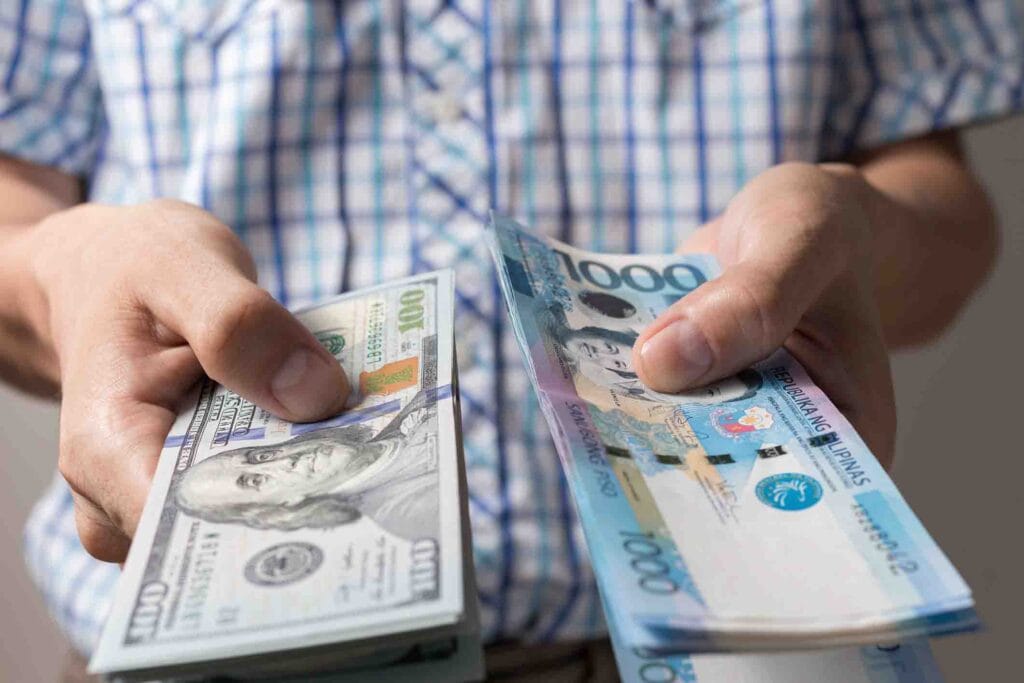
1. Tight or Shoestring Budget: USD 20 to USD 30 (PHP 1000 to PHP 1500)
If you are traveling on a strict budget, this range can still cover the basics:
- Shared dorm room: PHP 250 to PHP 550
- Street food and basic meals: PHP 250 to PHP 400
- Local transport (jeepneys and tricycles): PHP 100 to PHP 300
- Internet and entertainment: PHP 30 to PHP 300
This is how many backpackers and long-term travelers manage to stretch their stays in the Philippines — often by cutting back on meals and sticking to the bare essentials.
2. Mid-Range Budget: USD 30 to USD 65 (PHP 1500 to PHP 3500)
This range gives you room to enjoy more comfort and occasional splurges:
- Private room or decent hotel: PHP 600 to PHP 2000
- Restaurant meals: PHP 500 to PHP 1500
- Tricycles, motorbikes, or Grab rides: PHP 300 to PHP 1000
- Internet or occasional island tours: PHP 1200 to PHP 2500
This is a flexible range for couples, digital nomads, or travelers who want a mix of budget and comfort.
3. High-End Budget: USD 200+ (PHP 11000 and up)
There is no real upper limit in this category. High-end travelers often spend USD 1000 or more per day.
- Luxury resort rooms: USD 300 to USD 1000 and up
- Fine dining (lobster, wine, etc.): USD 100 to USD 500 per meal
- Private transportation (car, boat, or seaplane): USD 100 to USD 500
- Private tours and VIP experiences: USD 200 and beyond
If you want exclusivity, top service, and comfort at every step, this budget tier is where it all opens up.
Helpful Hints:
- Always carry small local bills and coins for local transportation — drivers will almost always respond with “Sorry, sir/ma’am, no change” when handed a large note.
- Always carry at least one banknote in a major foreign currency like USD or EUR — it can be a lifesaver if you run out of local cash and there’s no ATM around.
- Always check in advance whether there’s an ATM available at your next destination.
Transportation - Ultimate Travel Guide To The Philippines
International Flights
Most international airlines fly into the Philippines. For direct flights from Manila or Cebu to your country, check Philippine Airlines as they are the most likely carrier to have a direct flight.
Airport Tip: Always take out some local cash at the airport ATM, enough to last a few days.
Domestic Flights
We could write many pages on routes and schedules, but the best approach is to know the main airlines and check online for updated prices and availability. All local carriers offer highly discounted flights, especially when booked far in advance during the rainy season.
The main domestic carriers are Philippine Airlines, Cebu Pacific, AirAsia, and some smaller local operators like Sunlight Air, Air Juan, SkyJet, and Cebgo.
Boats and Ferries
As mentioned earlier, a country with 6,500 to 7,000 islands is bound to have hundreds of different ferries and shipping companies. Here we will focus only on the main companies serving popular tourist destinations.
2Go Shipping and Ferry Service – The largest shipping company in the Philippines, serving all major cities and tourist destinations, including Coron and Siargao.
OceanJet – The largest fast ferry company with routes to many areas, including the tourist island of Bohol.
Atienza Shipping – Offers a ferry from Manila to Coron twice a week. As of July 2025, the price is PHP 1,400, much cheaper than flying.
Ferries Between Coron and El Nido
There are several ferry options for traveling between Coron and El Nido, two must-see locations. For discounted tickets, contact us on WhatsApp at +63936 870 3054. Prices are PHP 2,800 one way.
Montenegro Shipping: Daily trips at 7 AM, approximately a 5-hour journey
Jamalia Shipping: Daily service
Atienza Shipping
Important: All dates, times, and prices are subject to change without notice. Always confirm directly with the shipping company before booking online. On the day of departure, call the company to check if the boat is on schedule. Philippine shipping companies are known for delays, sometimes by hours or even days.
Coron to El Nido 3-Day Expedition: The Alternative Option
The 4 to 5-hour fast ferries between Coron and El Nido are expensive at PHP 2,800 and pass right by the stunning Linapacan Island chain without stopping. Since there are no public ferries between Coron, Linapacan, and El Nido, the only way to explore this area is through private tours.
Green Gecko offers a 3-day expeditionwith multiple island-hopping stops between Coron and El Nido, at a slightly lower price. At first glance, the trip (ranging from PHP 16,000 to 24,000 depending on the company) might seem expensive, but when you break down the costs, it actually offers value:
Fast Ferry: PHP 2,800
Food (3 days): PHP 1,000 to 1,500 per day (total PHP 3,000 to 4,500)
Accommodation (2 nights dorm): PHP 500 per night (total PHP 1,000 to 1,500)
Entertainment and alcohol: PHP 500 to 1,000 per day (total PHP 1,500 to 3,000)
When you add it all up, the price difference becomes minimal, and you get to explore what many consider the most beautiful island chain in the world.
So we could say it like this….”See the most beautiful island chain in the world for free, the Linapacan Island Chain.”
IMPORTANT INFORMATION: Always check the weather in advance for all boat and ferry travel. Ferries are frequently cancelled due to strong winds or rough seas.
Local Transportation
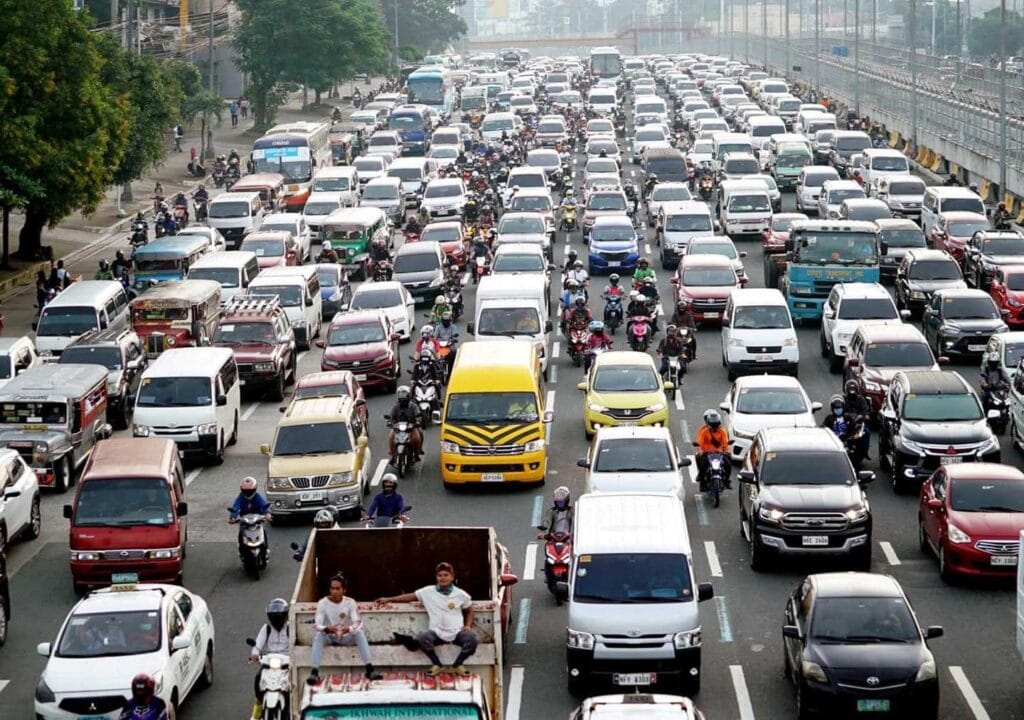
Jeepneys
Most people have heard of the famous Jeepney stories being told all around the world. The Jeep was the original World War II Jeep left over by the Americans after the war, being converted into a form of public transportation. Today, the general look of these Jeep wagons is relatively the same, keeping the distinctive front grill look but extending the inner body of the Jeep to carry sometimes 30 or 40 people. These classic transporters are usually very hot and over crowded, usually lacking tires with treads, working breaks or even a normal steering wheel. In most developed countries these would be call “death traps” or “suicide wagons” but here they are called Public Transportation Vehicles.
The price of Jeeps varies on the distance of the ride and the town where your traveling. The very best way to know how much to pay is to ask a couple friendly Filipinos….for example “Excuse me Ma’am magkano (how much) is the Jeep from here to the Palanke (Public Market). Ask a couple people and you will have a good idea of the real price to pay, not the tourist price. This secret also works when dealing with the infamous tricycles.
Tricycles
A Tricycle is similar to a Tuk-Tuk Motor Carriage. A little more comfortable to travel in than the jeep, but more expensive.
PLEASE NOTE: Always negotiate a price before entering a tricycle. If you’re ever going to have a problem in the Philippines, a tricycle or a bar girl will most likely be at the center of the problem. Also, when negotiating, make sure you are negotiating for a private or a shared tricycle, as these prices are very different. ALWAYS have small change (coins) as tricycles will never give you any change back, which isn’t so bad if it’s only 10 pesos, but when it’s 450 pesos, then you wish you took a cab or an Uber.
Taxis and Grab/Uber
Thank god that Uber and Grab saved us from the highly over-priced Taxis. Before, a taxi for a 5-minute ride was 500 pesos; now with Grab and Uber, the price of Taxis has gone down almost half, and they are still double the price of Grab/Uber. Grab and Uber both work equally as good, and in fact, there’s also a Filipino version called Joyride. Just download the apps and travel in surprisingly cheap comfort. No hassles, no worries. Taxis are always empty now. I wonder why? It should be noted that Grab/Uber are only available in Manila and Cebu.
Top Destinations - Ultimate Travel Guide To The Philippines
Our website has detailed write-ups on each of these destinations. This is just a quick summary.
PALAWAN
Coron: Kayangan Lake, Twin Lagoon, Siete Picados, swim with dugongs, WWII shipwreck diving, Apo Reef
El Nido: Big Lagoon, Snake Island, Las Cabanas Beach, Secret Lagoon, Hidden Lagoon, Seven Commandos Beach, Nacpan Beach, Lio Beach
Puerto Princesa: Underground River, swim with whale sharks, dive Tubbataha
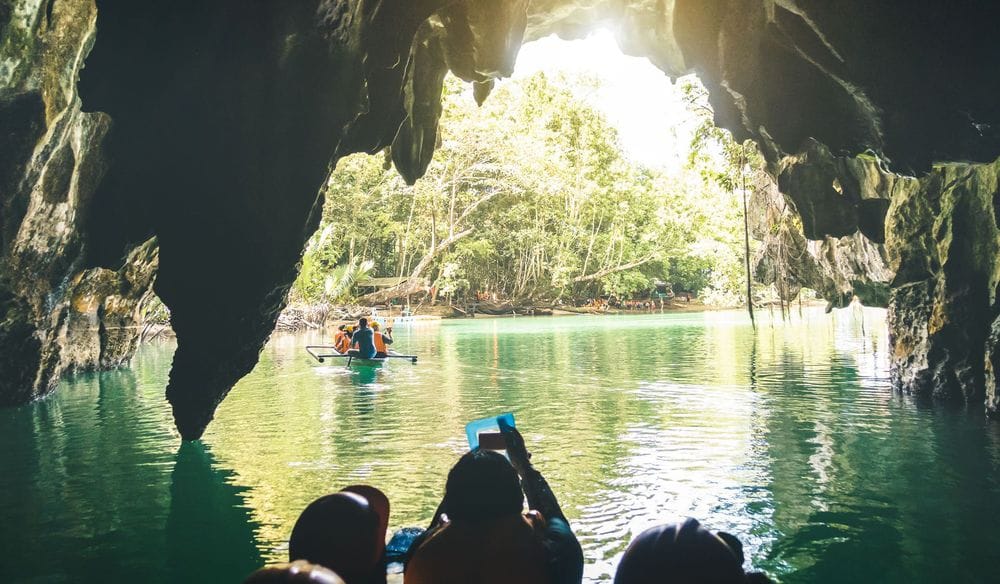
Image credit: © VIew Apart/Shutterstock
CEBU
Moalboal: Sardine run, Kawasan Falls canyoneering
Oslob: Whale sharks
Malapascua: Dive with thresher sharks
BOHOL
Chocolate Hills, Tarsier Sanctuary, Loboc River Cruise, Panglao Island, Hinagdanan Cave
SIQUIJOR
Cambugahay Falls, Cantabon Cave, Lugnason Falls, Mt. Bandilaan National Park
SIARGAO
Cloud 9 surfing, General Luna Beach, Coconut Plantation
Summary Plus Other Tips - Ultimate Travel Guide To The Philippines
- Have Philippine pesos on hand for the airport departure tax (PHP 950 as of July 2025) and small purchases.
- Always check for ATMs at your next destination before departing. Some islands have no ATMs.
- Avoid private ATMs like Euronet to prevent high fees.
- Drink bottled or reverse osmosis water. Avoid tap water.
- Pack DEET or strong mosquito repellent to guard against malaria and dengue.
- Boat travel takes time. Always allow for delays.
- Pack essentials: comfortable shoes, raincoat, first aid kit, swimwear, goggles.
- Use a dry bag on island hopping tours to protect electronics and documents.
- Be alert in crowded areas to avoid pickpockets.
- Buy a local SIM card for calls and mobile data.
- Make sure you have travel insurance.
- Carry a photocopy of your passport.
- Be smart. If someone asks for money, assume it’s gone. There are too many scams to list.
- Avoid situations with sex workers. It can lead to jail.
- If you face serious accusations, try to settle quietly. Escalation can get you into real trouble.
- Most areas are safe, but avoid higher-crime zones. In Manila: Tondo, Sta. Cruz, Sampaloc. Outside Manila: Caloocan, Malabon, Valencia, Colon, Mango Street, Pasil, and Ermita in Cebu.
- Check our 3 Day Expedition and Tour from El Nido to Coron.

